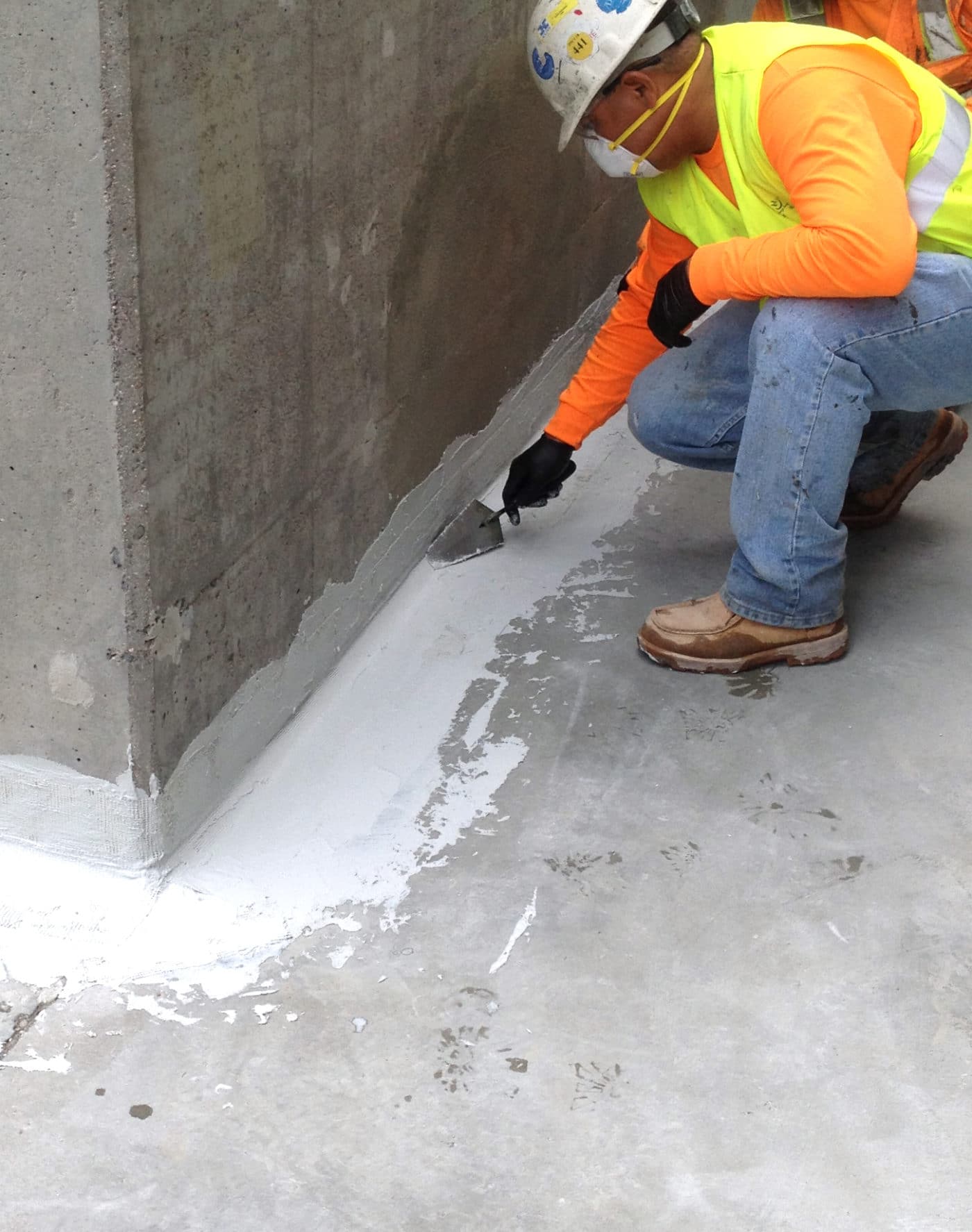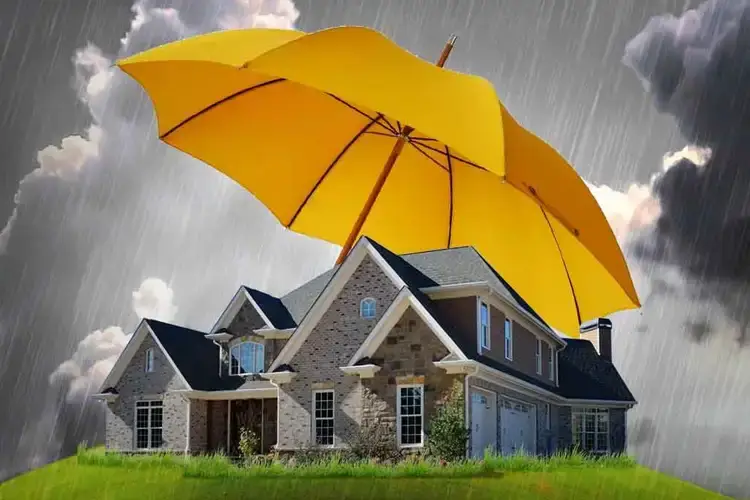The Do’s and Don’ts of Sump pump discharge drainage Omaha for Residential Properties
The Do’s and Don’ts of Sump pump discharge drainage Omaha for Residential Properties
Blog Article
Sorts of Waterproofing: Exploring the Numerous Approaches and Their Applications
Waterproofing is an important element of building and maintenance. It shields frameworks from the detrimental results of water damage. There are several approaches available, each with its unique applications and benefits. From membrane layer systems to cementitious solutions, recognizing these alternatives is essential for efficient application. The option of waterproofing technique can considerably impact resilience and durability. Exploring these various methods exposes their distinct benefits and possible obstacles, prompting additional consideration of ideal services.
Membrane Layer Waterproofing Systems
Membrane waterproofing systems work as a crucial obstacle versus water invasion in various frameworks. These systems commonly contain slim sheets made from materials like rubber, polycarbonate, or asphalt, which are used to surfaces to avoid moisture penetration. They can be set up over or below grade and are especially reliable in locations susceptible to high water exposure, such as basements, roof coverings, and foundations.The installation procedure involves cleaning up the substratum, using adhesives or primers, and precisely fitting the membrane to assure complete insurance coverage. Membrane layer systems can be either completely stuck, mechanically attached, or laid loose, relying on the details needs of the job. They use resilience and adaptability, accommodating architectural movements without compromising their waterproofing capacities. Additionally, these systems can be reinforced with extra layers for enhanced protection. Ultimately, membrane layer waterproofing systems are necessary for safeguarding frameworks against water damage and keeping long-lasting honesty.
Liquid-Applied Waterproofing Coatings
Liquid-applied waterproofing coatings offer a functional remedy for securing surfaces from water seepage - Landscape drainage Omaha. These finishes contain liquid products that, when used, create a smooth, adaptable membrane layer. Their adaptability permits application on different substratums, including concrete, metal, and wood. The coatings can be made use of in diverse settings, from domestic to commercial settings, making them appropriate for roofing systems, foundations, and below-grade structures.One considerable advantage of liquid-applied coatings is their capacity to comply with uneven forms and penetrate splits, creating a durable barrier against moisture. They often show superb bond residential properties and resistance to UV radiation, making sure long life and sturdiness. In addition, the application procedure is generally uncomplicated, enabling fast installment and reduced labor costs. This approach likewise lessens the danger of water merging, as the constant layer successfully guides water far from susceptible locations. Generally, liquid-applied waterproofing finishings are an effective selection for complete water protection
Cementitious Waterproofing Solutions

Cementitious waterproofing solutions provide a robust choice for frameworks calling for trusted moisture security. These systems largely use a mix of concrete, sand, and chemical ingredients to develop a water-proof barrier. They are typically related to surfaces such as concrete wall surfaces, foundations, and floorings, giving a durable, durable defense versus water intrusion.One of the essential benefits of cementitious waterproofing is its convenience of application; it can be applied utilizing a brush, roller, or spray, making it suitable for different task sizes. Additionally, this method is compatible with many surface areas and can typically be used in conjunction with other waterproofing techniques.Cementitious options are particularly efficient in settings where water exposure is a worry, such as cellars or below-grade frameworks. Their superb adhesion residential properties assure that they bond well with substratums, giving a strong and impermeable layer against dampness infiltration.
Bentonite Waterproofing
Bentonite waterproofing is a highly efficient technique that makes use of sodium bentonite clay to produce an all-natural obstacle versus water. This strategy makes use of the special properties of bentonite, which broadens upon call with water, securing any kind of possible leakages and stopping wetness seepage. It is generally used in various applications, including structure wall surfaces, tunnels, and keeping wall surfaces, where water resistance is essential.Bentonite can be applied in numerous types, such as panels or blankets, offering adaptability in installation. Its capability to self-seal makes it an eye-catching alternative for locations based on shifting dirt or check out this site ever-changing water levels. In addition, bentonite waterproofing is eco-friendly, as it is an all-natural product that does not present dangerous chemicals into the environments.
Drainage and Outside Waterproofing Systems
Effective waterproofing frequently involves a mix of techniques, including drain and exterior systems. Water drainage other systems, such as French drains and sump pumps, are made to reroute water far from structures, reducing hydrostatic stress versus structures. These systems are necessary in avoiding water accumulation that can result in architectural damages and mold and mildew growth.External waterproofing, on the other hand, involves using safety obstacles to the building's outside. Strategies such as the setup of water resistant membrane layers, finishings, or sealants can assist prevent water infiltration. This technique not just protects the structure however likewise improves the overall longevity of the structure.Together, water drainage and exterior waterproofing systems develop a comprehensive solution to manage water efficiently. By applying these approaches, homeowner can safeguard their investments versus the damaging results of dampness, ensuring long-term security and safety for their structures.
Regularly Asked Concerns
Just how Do I Select the Right Waterproofing Approach for My Project?
Selecting the appropriate waterproofing method depends upon variables such as task kind, ecological conditions, budget, and preferred long life. Examining these aspects enables educated choices customized to particular requirements and requirements.

Can Waterproofing Be Applied in Winter Issues?
Waterproofing can be applied in cool weather condition conditions, but it calls for particular materials and techniques. Cold temperature levels might impact curing times and bond, necessitating cautious option of items created for low-temperature application.
What Are the Common Indications of Waterproofing Failing?
Usual signs of waterproofing failing include noticeable water discolorations, peeling off paint, moist smells, mold growth, and fractures in walls or structures. Water Solutions. These indications suggest you can check here that wetness is permeating the obstacle, compromising its performance
For How Long Does Waterproofing Last Prior To Requiring Upkeep?
The longevity of waterproofing differs, usually lasting in between 5 to 10 years. Elements such as worldly quality, ecological problems, and upkeep techniques affect its toughness, requiring periodic inspections to guarantee effective defense versus water intrusion.
Exist Eco-Friendly Waterproofing Options Available?
The concern of eco-friendly waterproofing choices discloses an expanding passion in sustainable materials (French drain installation Omaha). Different all-natural compounds, such as plant-based sealants and recycled items, use reliable services while lessening environmental impact, interesting ecologically mindful customers
Report this page